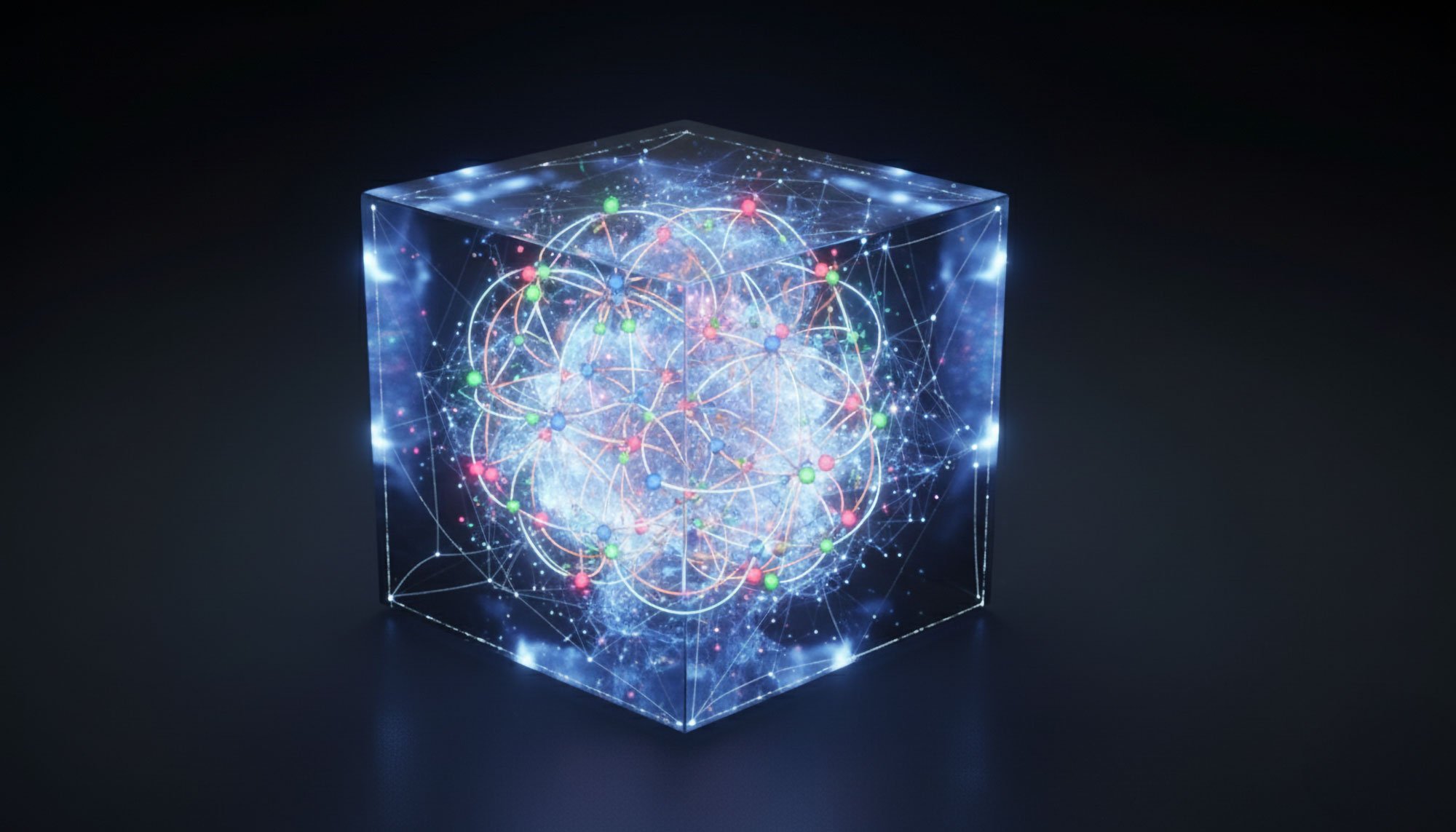Japanese researchers have revealed how weak magnetic fields can instantly control the direction of electrical flow in quantum metals.
Quantum metals are materials in which quantum effects, usually confined to the atomic scale, become strong enough to influence their large-scale electrical behavior.
A team of researchers in Japan has now uncovered how electricity operates in a unique type of quantum metal known as kagome metals. Their work is the first to demonstrate that weak magnetic fields can flip tiny circulating electrical currents inside these materials. When this reversal happens, it alters the overall electrical properties of the metal and changes the preferred direction of current flow. This phenomenon, called the diode effect, means that electricity can pass more easily one way than the other.
The scientists also discovered that quantum geometric effects magnify this switching process by nearly 100 times. Published in the Proceedings of the National Academy of Sciences, the study lays the theoretical groundwork for future electronic technologies that could be guided using simple magnetic fields.
Although unusual magnetic switching in kagome metals had been observed in experiments since about 2020, its cause and surprising strength remained a mystery. This research delivers the first theoretical explanation for both.
When frustrated electrons cannot settle
The name “kagome metal” comes from the Japanese word “kagome,” meaning “basket eyes” or “basket pattern,” which refers to a traditional bamboo weaving technique that creates interlocking triangular designs.
These metals are special because their atoms are arranged in this unique basket-weave pattern that creates what scientists call “geometric frustration”—electrons cannot settle into simple, organized patterns and are forced into more complex quantum states that include the loop currents.
When the loop currents inside these metals change direction, the electrical behavior of the metal changes. The research team showed that loop currents and wave-like electron patterns (charge density waves) work together to break fundamental symmetries in the electronic structure. They also discovered that quantum geometric effects—unique behaviors that only occur at the smallest scales of matter—significantly enhance the switching effect.
“Every time we saw the magnetic switching, we knew something extraordinary was happening, but we couldn’t explain why,” Hiroshi Kontani, senior author and professor from the Graduate School of Science at Nagoya University, recalled.
“Kagome metals have built-in amplifiers that make the quantum effects much stronger than they would be in ordinary metals. The combination of their crystal structure and electronic behavior allows them to break certain core rules of physics simultaneously, a phenomenon known as spontaneous symmetry breaking. This is extremely rare in nature and explains why the effect is so powerful.”
The research method involved cooling the metals to extremely low temperatures of about -190°C. At this temperature, the kagome metal naturally develops quantum states where electrons form circulating currents and create wave-like patterns throughout the material. When scientists apply weak magnetic fields, they reverse the direction these currents spin, and as a result, the preferred direction of current flow in the metal changes.
New materials meet new theory
This breakthrough in quantum physics was not possible until recently because kagome metals were only discovered around 2020. While scientists quickly observed the mysterious electrical switching effect in experiments, they could not explain how it worked.
The quantum interactions involved are very complex and require an advanced understanding of how loop currents, quantum geometry, and magnetic fields work together—knowledge that has only developed in recent years. These effects are also very sensitive to impurities, strain, and external conditions, which makes them difficult to study.
“This discovery happened because three things came together at just the right time: we finally had the new materials, the advanced theories to understand them, and the high-tech equipment to study them properly. None of these existed together until very recently, which is why no one could solve this puzzle before now,” Professor Kontani added.
“The magnetic control of electrical properties in these metals could potentially enable new types of magnetic memory devices or ultra-sensitive sensors. Our study provides the fundamental understanding needed to begin developing the next generation of quantum-controlled technology,” he said.
Reference: “Quantum metric–induced giant and reversible nonreciprocal transport phenomena in chiral loop-current phases of kagome metals” by Rina Tazai, Youichi Yamakawa, Takahiro Morimoto and Hiroshi Kontani, 25 August 2025, Proceedings of the National Academy of Sciences.
DOI: 10.1073/pnas.2503645122
Funding: Ministry of Education, Culture, Sports, Science and Technology of Japan, Japan Science and Technology Agency Core Research for Evolutionary Science and Technology
Never miss a breakthrough: Join the SciTechDaily newsletter.
Follow us on Google, Discover, and News.
Source link
